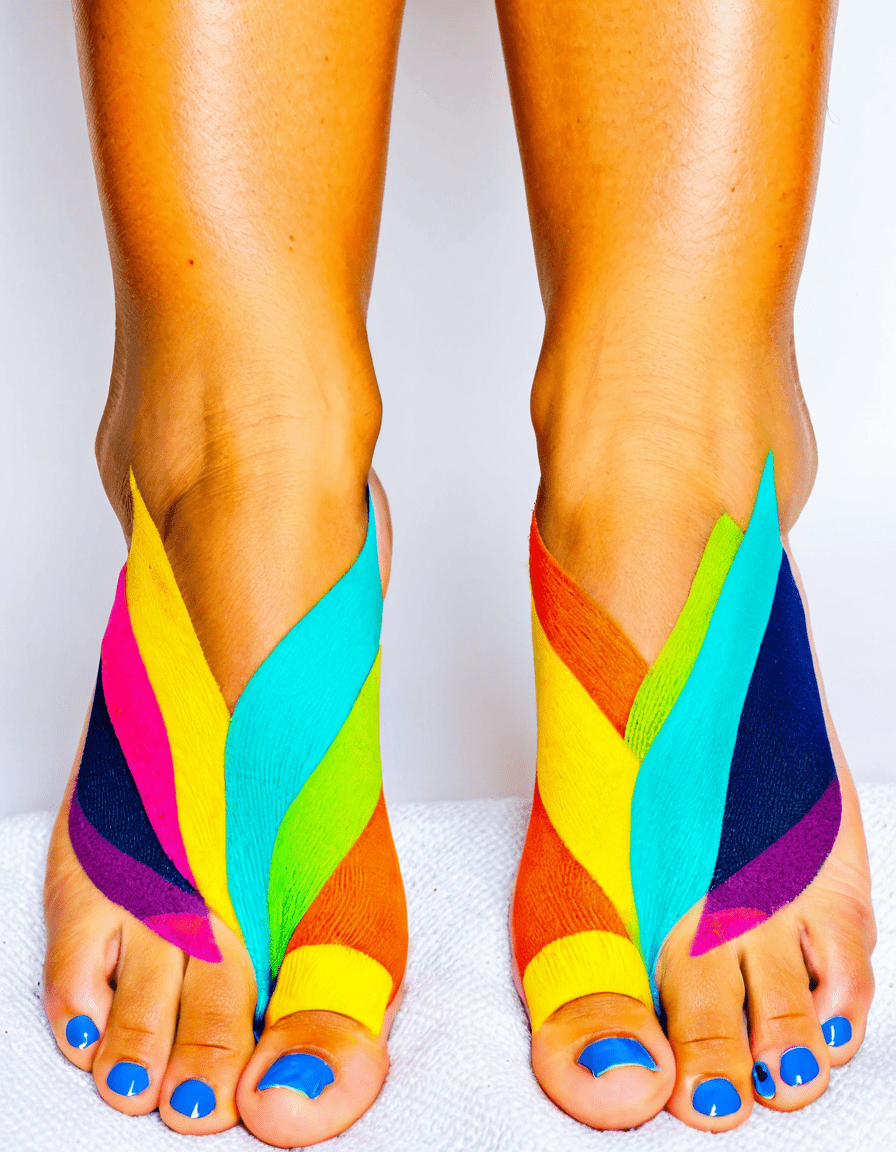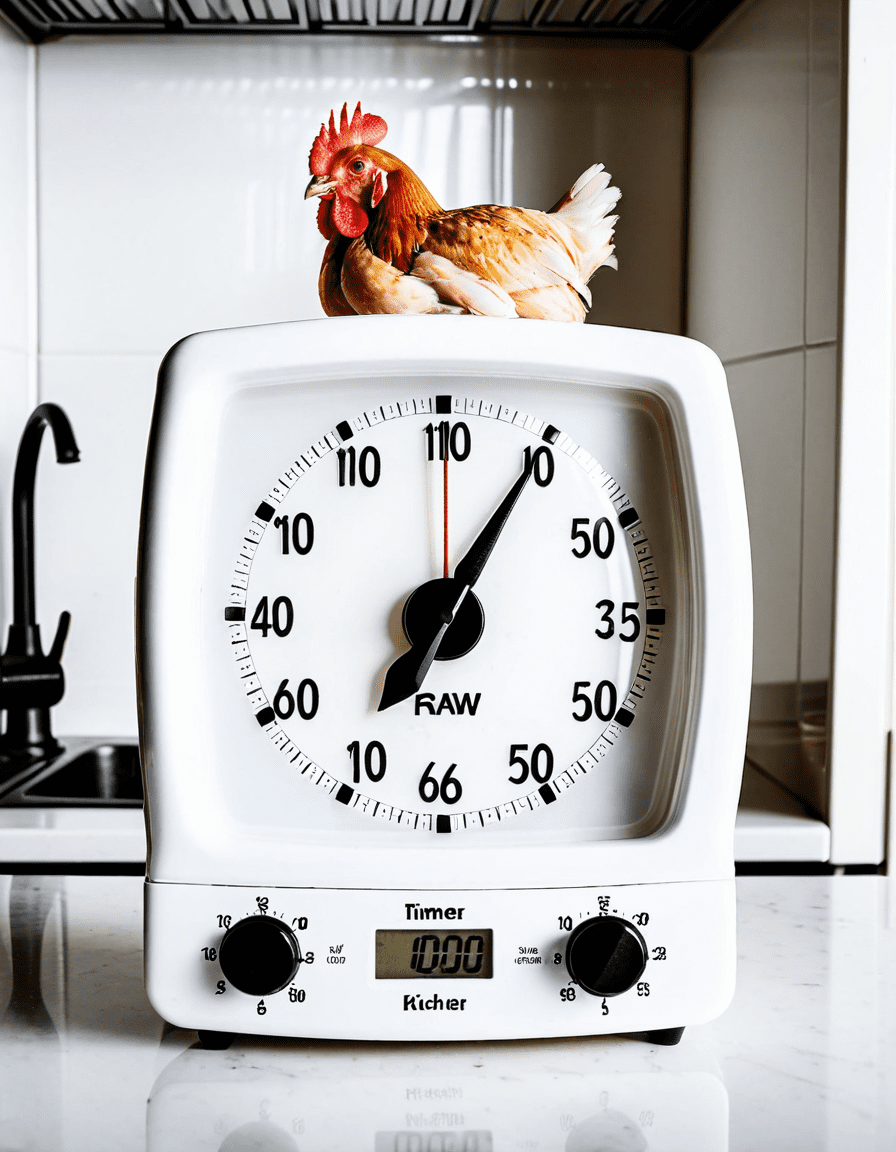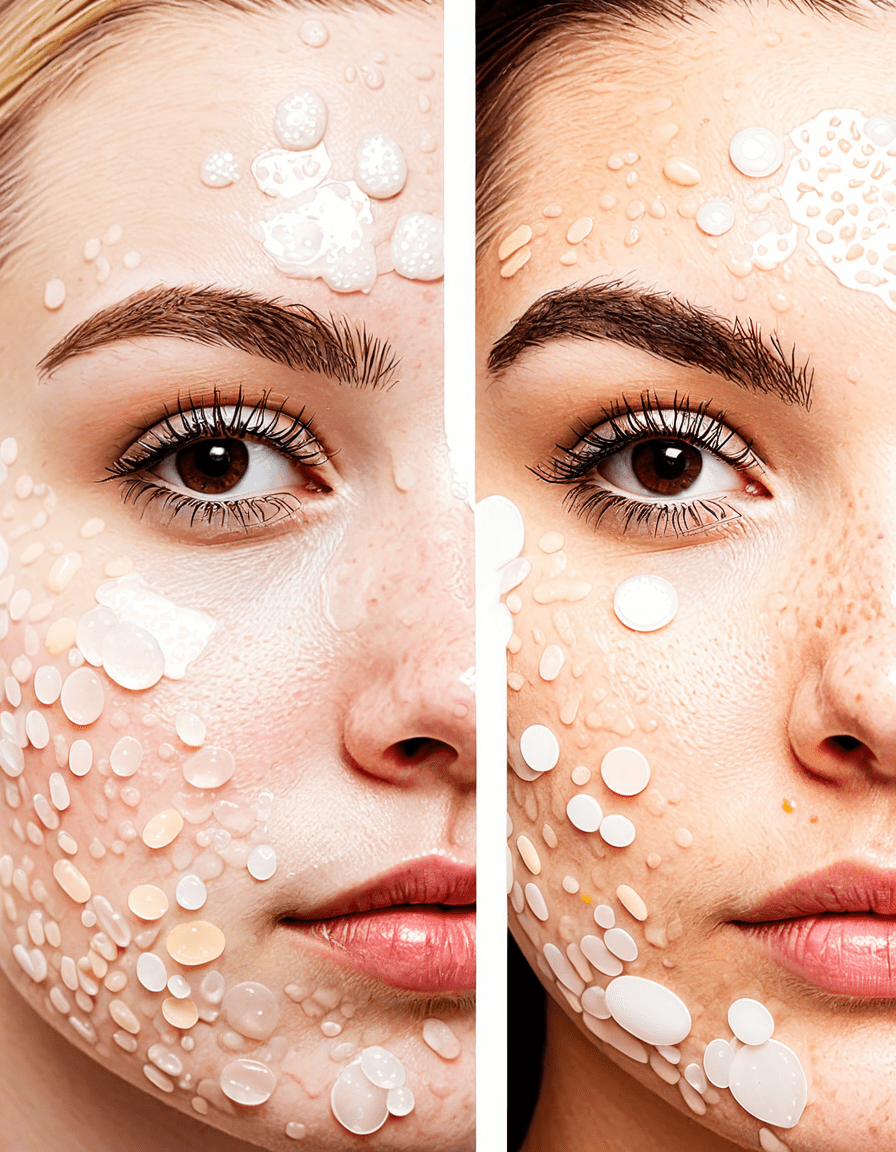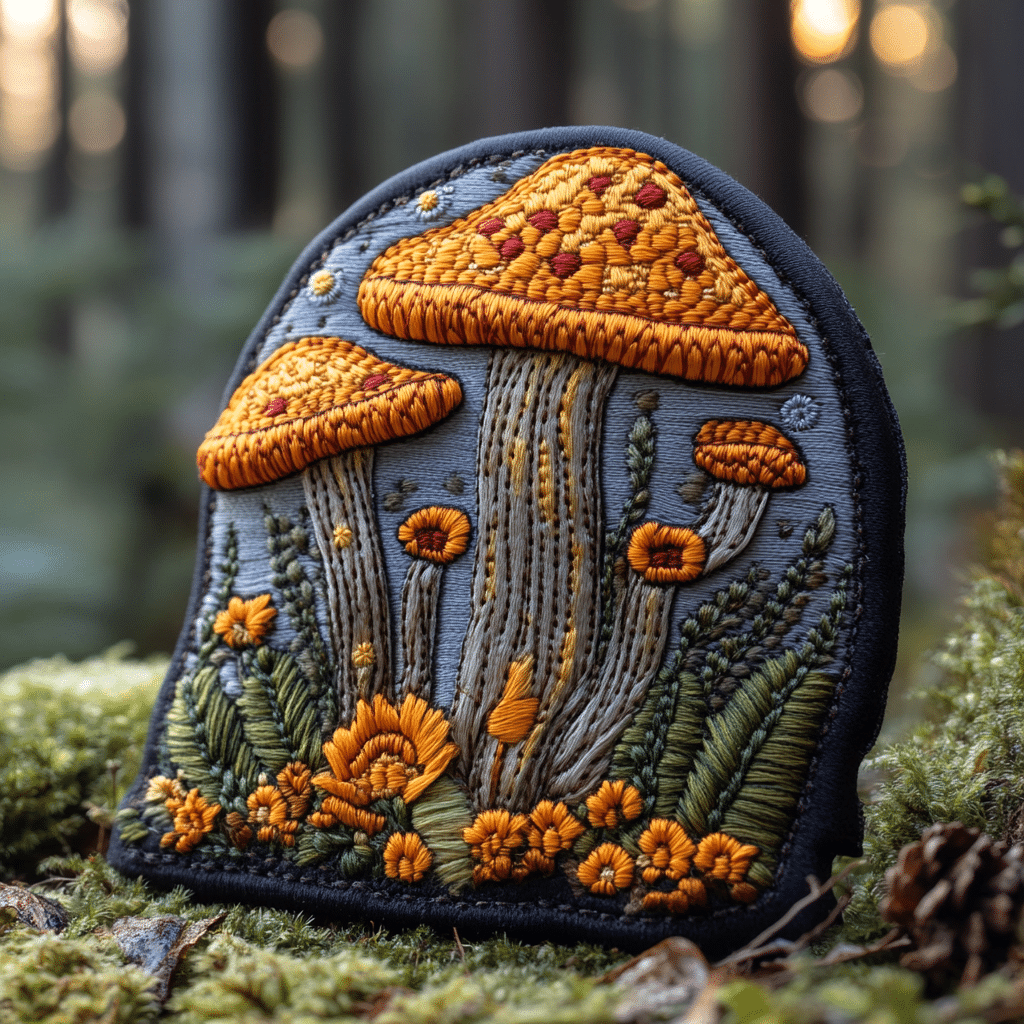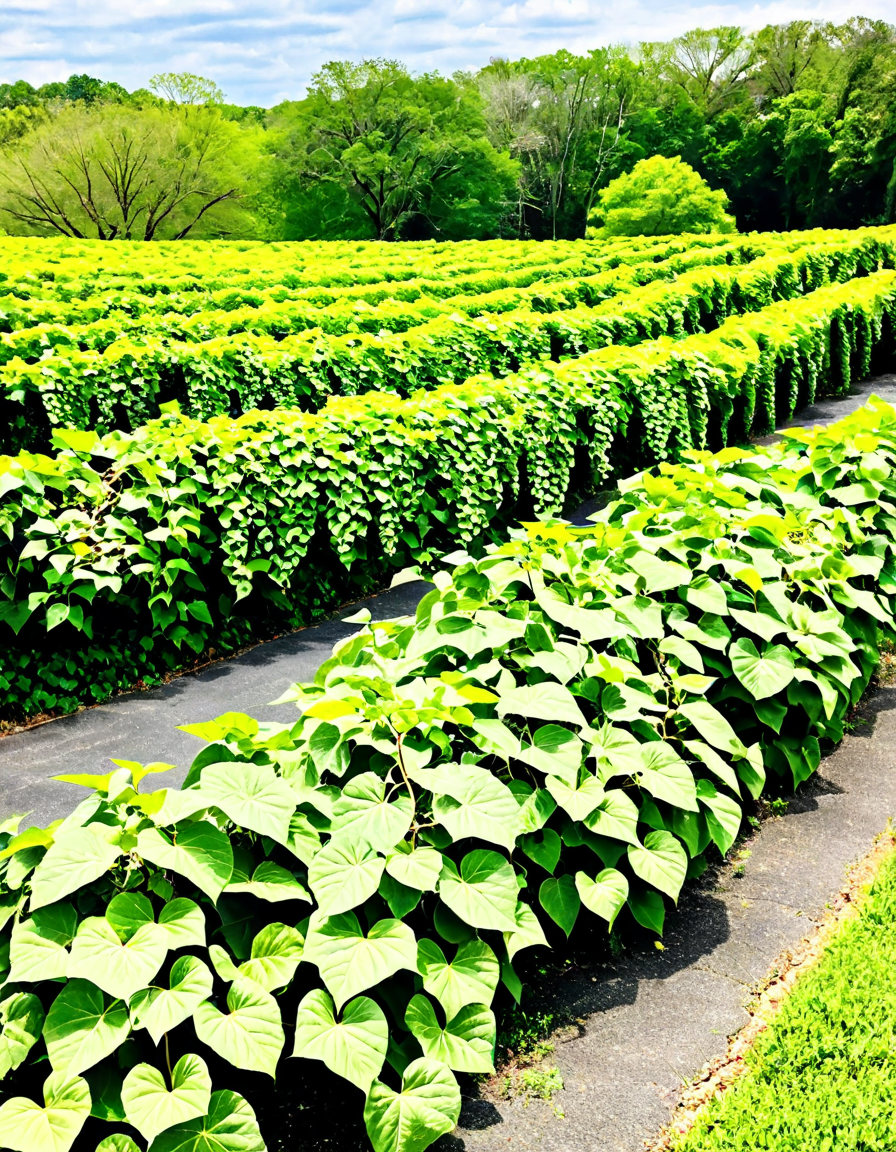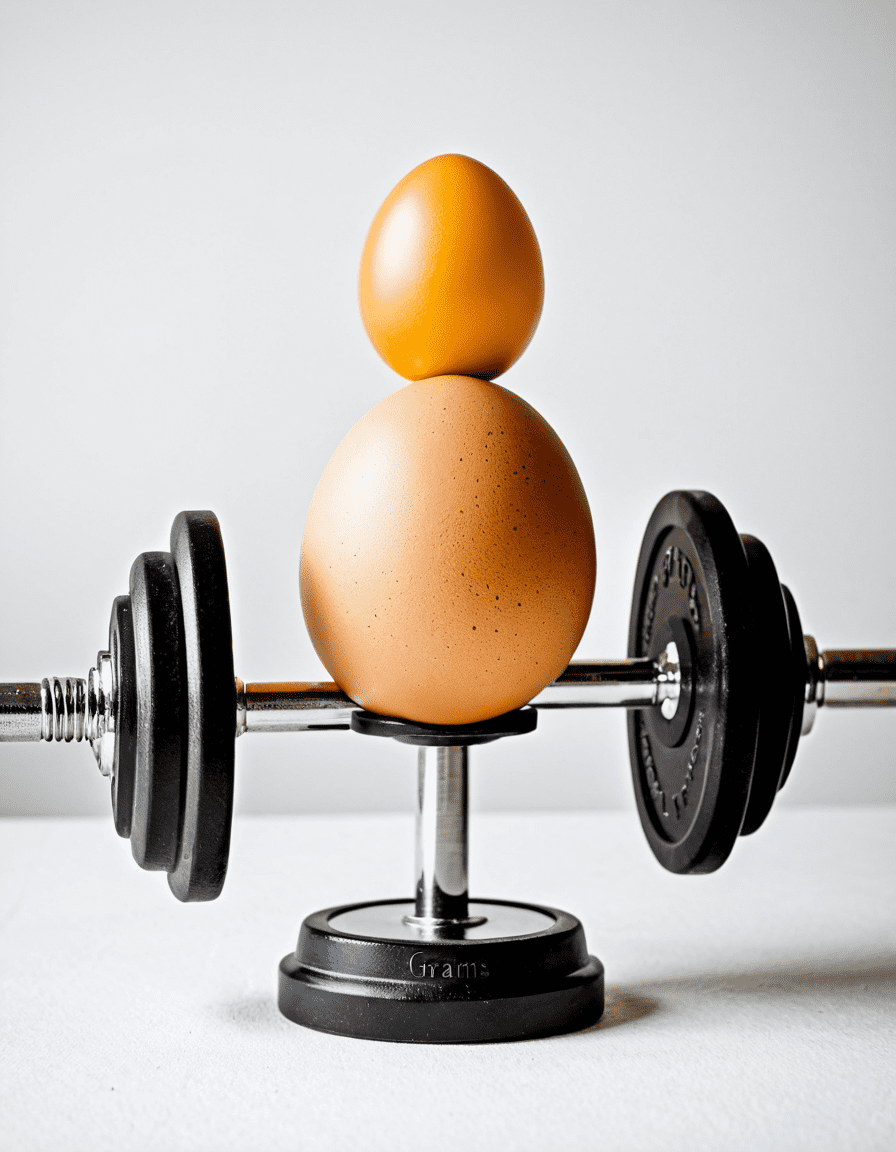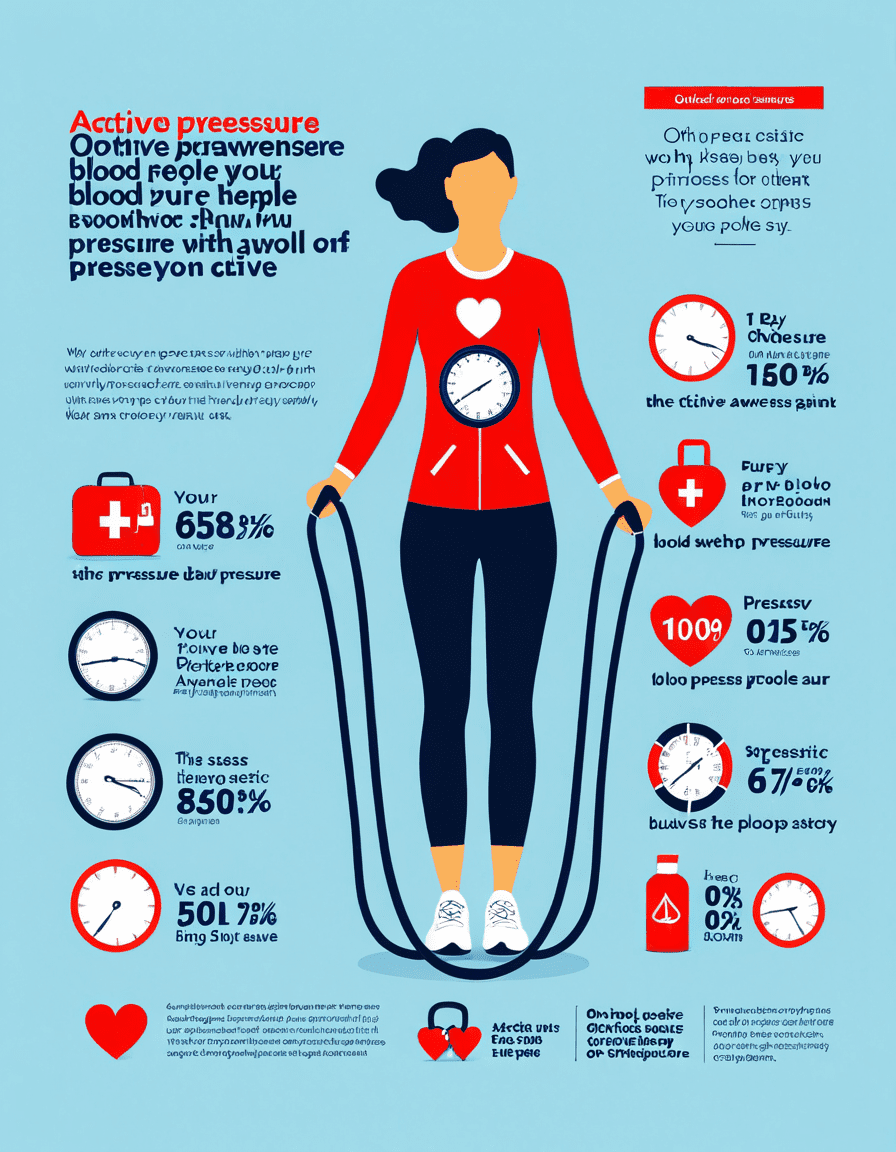Are your feet feeling itchy, red, or just plain uncomfortable? It could be that you’re dealing with tinea pedis symptoms. Tinea pedis, commonly known as athlete’s foot, is a pesky fungal infection that’s easy to overlook. But ignoring these signs can lead to more significant issues down the road. Let’s dig into the top symptoms to look out for, and make sure you give your feet the health attention they deserve.
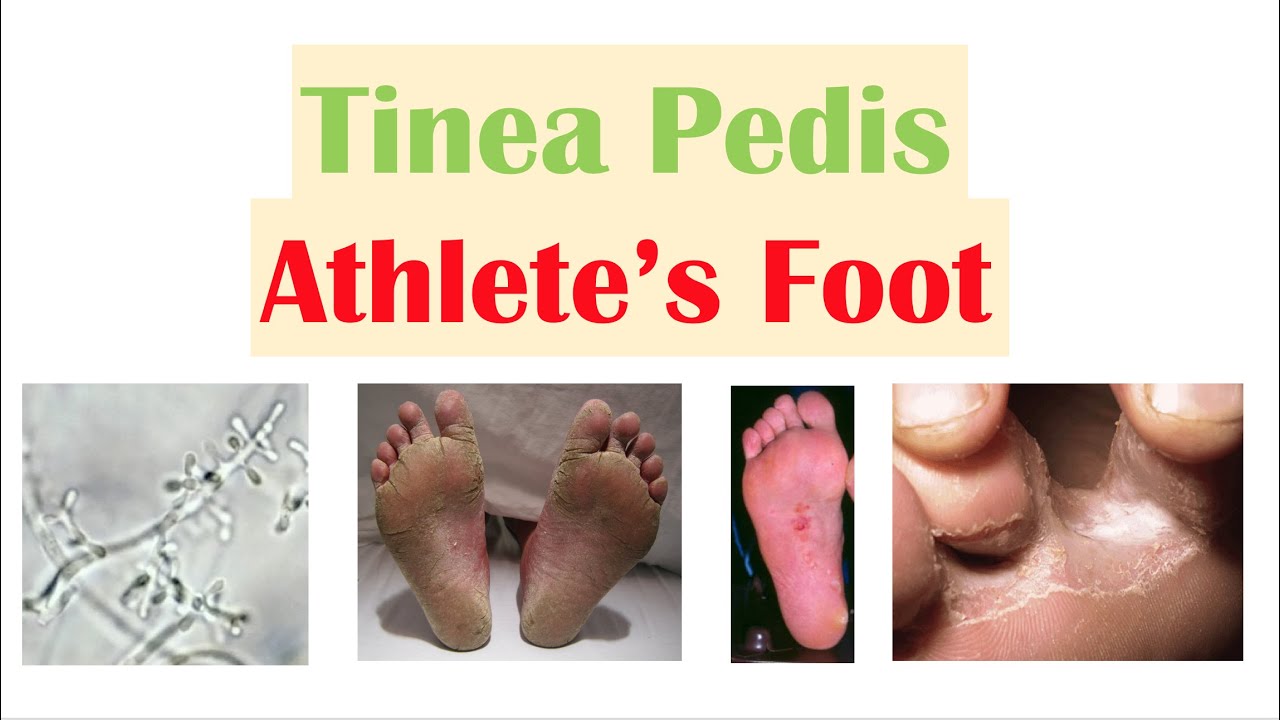
The Top 7 Tinea Pedis Symptoms You Should Not Ignore
1. Itching and Burning Sensation
One of the most frequent complaints about tinea pedis is an intense itching or burning sensation on the soles of the feet and between the toes. Picture this: you’re at the gym, ready to crush your workout, but all you can focus on is that nagging itch! This discomfort can put a serious damper on your daily grind. If that itch feels unbearable, don’t brush it off—take it as a warning sign your feet need some TLC.
2. Redness and Inflammation
Keep your eyes peeled for redness and inflammation. The affected areas might look angry, which is your immune system kicking into gear against the fungal attack. Depending on your body’s response, this inflammation can range from mild redness to serious swelling. If you’re dealing with more than just a little pinkness, it’s time to take action and consult a healthcare professional.
3. Peeling or Cracking Skin
Got that flaky skin around your toes? Peeling and cracking can definitely make you feel like you’re in a battle with your own feet. And let’s face it: flaky skin is not only uncomfortable but also makes you susceptible to secondary bacterial infections. If left untreated, this could spiral into something that’ll hinder your workouts and day-to-day activities.
4. Dryness vs. Moisture
Interestingly, tinea pedis can show up in both dry and moist forms. While dry tinea pedis looks flaky and sad, the moist form could lead to wet blisters and weeping lesions. You might mix up these symptoms with other skin issues, like pustular psoriasis, so don’t just assume it’s a passing itch. Recognizing the difference can save you a lot of hassle later on.
5. Changes in Nail Appearance
It’s not just the skin that suffers! The infection can affect your toenails too, leading to discoloration, thickening, or crumbling. If your nails appear distressing, consider it a red flag. Toe problems might not seem urgent, but for individuals dealing with ulcerative colitis symptoms, the stakes are high since skin issues can worsen their condition.
6. Foul Odor
A foul odor wafting from your feet is more than just embarrassing—it’s a huge clue you might have tinea pedis. This smell indicates that bacteria are thriving in that warm, moist environment created by the fungal infection. If you notice this symptom popping up, especially if you’re experiencing interstitial cystitis symptoms, don’t let pride stand in the way of taking proper action.
7. Spread to Other Areas
Tinea pedis doesn’t stay put. If left untreated, it can spread to other areas of the body, like the hands (tinea manuum) and even the genital area, mimicking genital psoriasis symptoms. This is like an unwanted party crash that you definitely don’t want to invite in. Quick treatment can spare you from further complications, so don’t wait till it spreads!
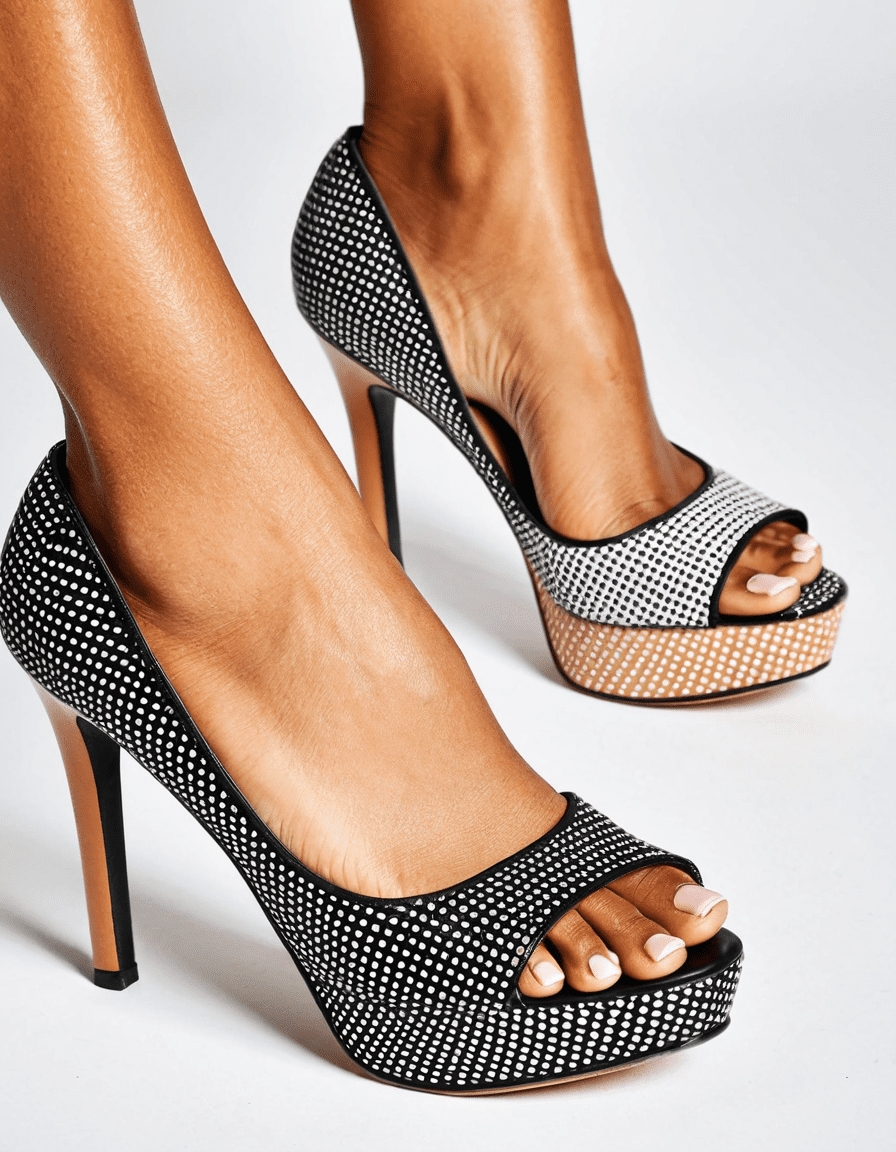
Distinguishing Tinea Pedis from Other Skin Conditions
When dealing with tinea pedis symptoms, you’re not alone in a crowd of foot-related issues. Understanding how to distinguish it from other skin conditions is key to getting the right treatment.
Pustular psoriasis is more about those painful, pustule-filled spots that can crop up all over your body, not just your feet. This isn’t a fungal problem; it’s related to immune system responses. So if you’re facing painful spots away from your feet, consult your dermatologist instead of going for an antifungal cream.
Both genital psoriasis and tinea pedis can manifest as itching and redness, but the peeling skin is the standout giveaway for tinea pedis. Wise up, so you’ll know what you’re treating!

Understanding the Health Impacts of Untreated Tinea Pedis Symptoms
Don’t underestimate the consequences of ignoring your tinea pedis symptoms. Left unchecked, it can have larger repercussions on your overall health. Just like with scleroderma symptoms, there’s a real connection between stubborn skin infections and your immune system. Keeping a lookout for these symptoms is crucial, especially if you have underlying conditions that make you more susceptible to fungal attacks.
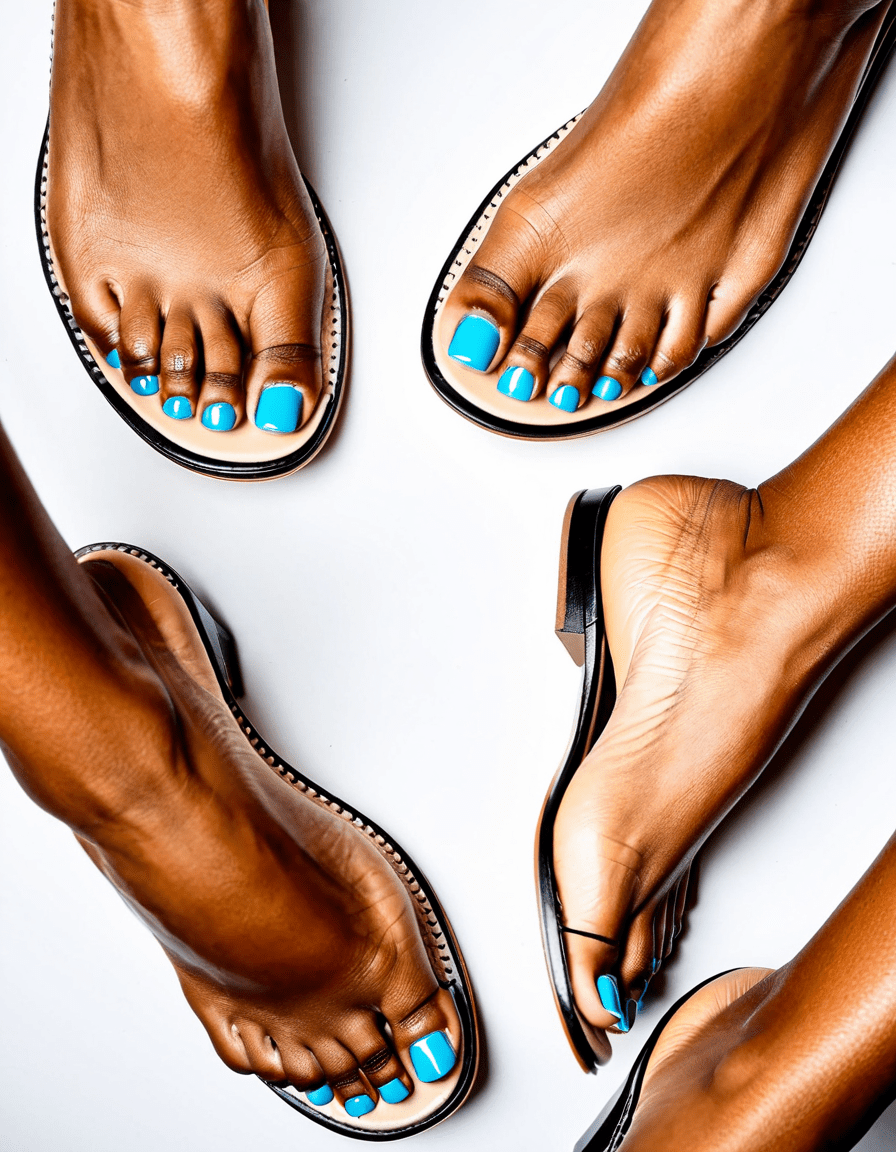
Innovative Care and Treatment Approaches
Understanding tinea pedis symptoms is only half the battle. You’ve gotta take charge with proactive care and treatment strategies. Over-the-counter antifungal creams, like Lotrimin or Lamisil, work wonders for mild cases. But if you’re grappling with recurring infections, don’t hesitate to see a dermatologist for prescriptions.
Good foot hygiene can be your number one defense. Keeping your feet dry and clean is a must. Change those sweaty socks regularly, and consider using antifungal powders in your shoes to keep them fresh. Also, rock breathable footwear to ward off that nasty fungus, especially when you’re hitting the gym hard.
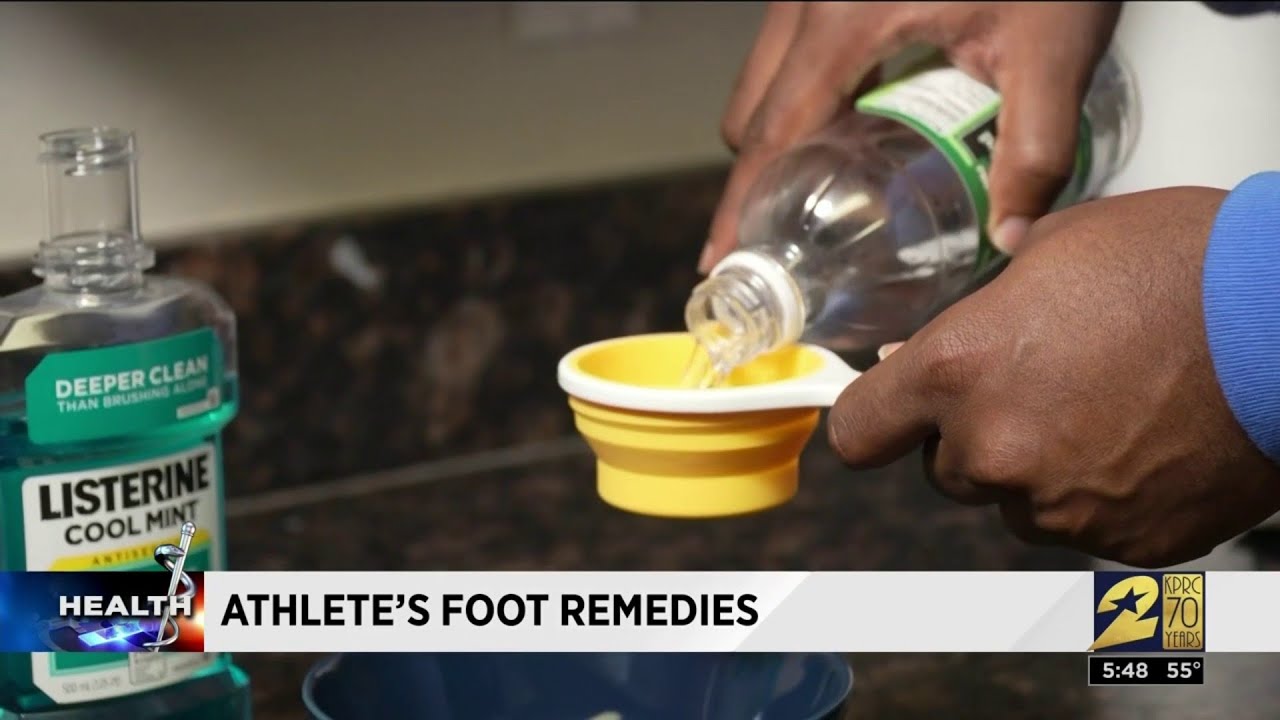
Embracing Foot Health for a Better Quality of Life
You might not think about it often, but healthy feet are crucial for your overall quality of life. Recognizing tinea pedis symptoms isn’t just about comfort; it’s about paving the way for a happier, healthier you. By combining awareness, proper treatment, and educated choices, you protect your feet and avoid those unwanted health hiccups.
So kick it into high gear! Achieving foot health isn’t just a goal; it’s within your reach. Be proactive, stay informed, and you’ll be on your way to not just meeting your fitness goals, but exceeding them. Remember, each step towards understanding your body is a step towards that shredded physique and killer six-pack you work hard for. Let’s get to it, folks!
Tinea Pedis Symptoms: Fun Facts You Should Know
Understanding Tinea Pedis Symptoms
Did you know that tinea pedis, commonly known as athlete’s foot, affects around 15% of the general population? It often sneaks in during the wet, humid seasons. Symptoms can include redness, itching, and a scaly rash—things you wouldn’t want to ignore! When it comes to foot health, familiarizing yourself with these symptoms is crucial, especially since they can lead to more serious conditions if left untreated. If you’re worried about your feet after a workout or a swim, keep an eye out for those telltale signs. Speaking of telltale signs, did you know Peritonsillar abscess can also develop as an infection? Caring for all body parts is paramount!
The Sneaky Symptoms
One of the more sneaky tinea pedis symptoms is the odorous condition that might feel a bit embarrassing to talk about. It’s that funky smell some may notice! If your feet start to look reddened or peel like Keto rice leftovers in your fridge, it’s time to take action. Fungus loves to grow in moist conditions, so if you’re one to enjoy your float tank sessions, make sure your skin is dry before diving in. The risks for spreading tinea pedis rise significantly in communal settings like pools and gyms.
More to Know About Symptoms
Interestingly enough, tinea pedis symptoms tend to evolve over time. At first, it might just look like dry skin, but as the fungus flourishes, it can become a full-blown itchy rash. Fun fact: the cast of Star Trek 2009 could probably manage the heat of a fungal outbreak in their space journey, but here on Earth, you might want to grab some antifungal cream instead! If the rash worsens or other symptoms like blisters begin to show, consulting a doctor could save you a lot of foot trouble down the road.
Now, if you’re feeling insecure about foot odor or fungal infections, remember that even celebrities like Zack from Love is Blind deal with these everyday battles! After all, foot health is just as vital as ensuring that your spectacles fit comfortably. Ultimately, paying attention to these tinea pedis symptoms not only helps keep your feet healthy but also allows you to strut your stuff with confidence—because no one wants to worry about their feet when they’re stepping out!
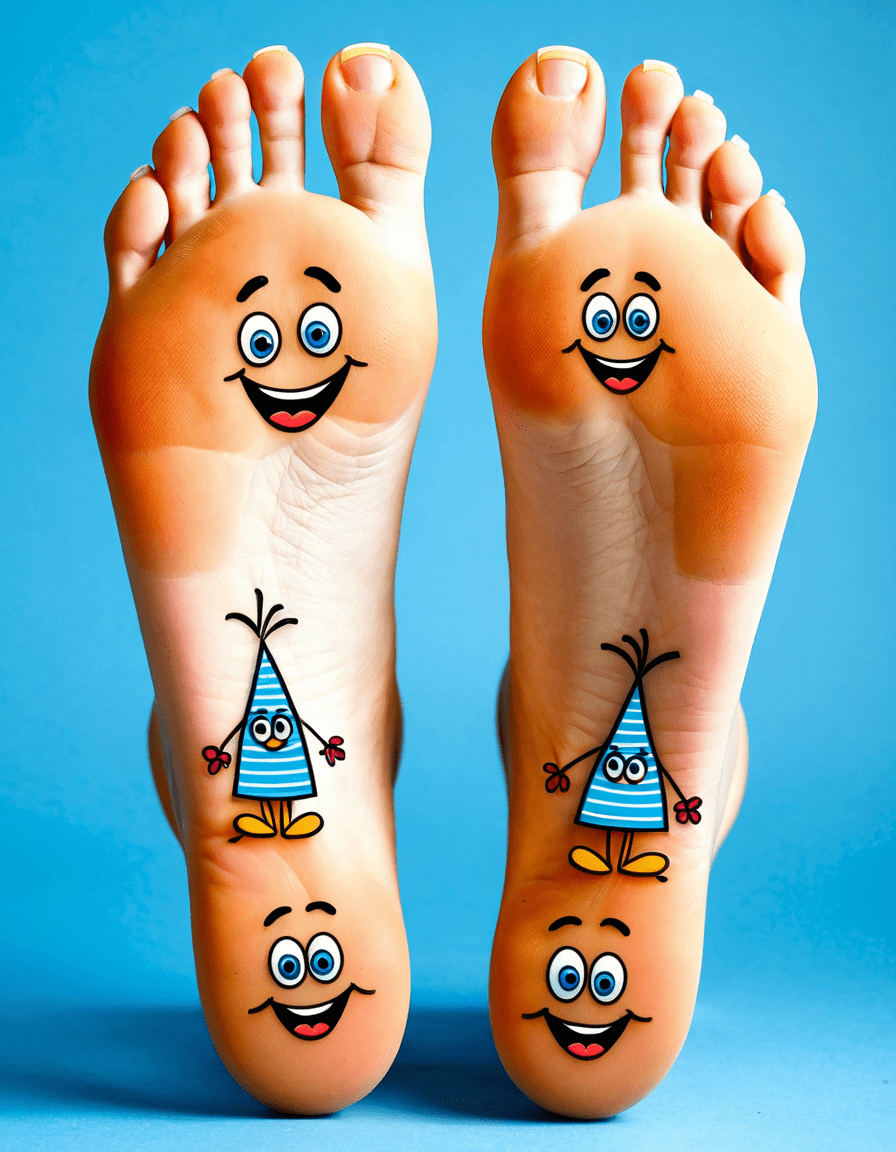
How do you get rid of tinea pedis?
To get rid of tinea pedis, it’s best to use antifungal creams or powder that you can find over the counter. Keeping your feet clean and dry helps too, and make sure to wear breathable shoes and socks.
What are three symptoms of athlete’s foot?
Three common symptoms of athlete’s foot include itching, redness, and peeling or cracking skin between the toes or on the soles of the feet. You might notice some swelling or even blisters in more severe cases.
What does tinea look like on feet?
Tinea on the feet typically looks like red, scaly patches with dry, flaky skin. You may see cracks or blisters too, especially around the toes, and it often has a ring-like appearance.
What is the main cause of tinea pedis?
The main cause of tinea pedis is a fungal infection, which thrives in warm, moist environments, making your feet into a perfect breeding ground if they’re often in sweaty shoes or socks.
What happens if tinea is left untreated?
If tinea is left untreated, it can spread to other areas of your feet or body, become more painful, and lead to bacterial infections due to cracked skin. It’s best to deal with it sooner rather than later.
What does the worst case of athlete’s foot look like?
The worst case of athlete’s foot can look really nasty, often with severe redness, itchiness, and possibly oozing blisters. The skin might be cracked and infected, causing significant discomfort and pain.
What gets mistaken for athlete’s foot?
Conditions like eczema and psoriasis can sometimes be mistaken for athlete’s foot. If you see persistent symptoms that don’t respond to antifungal treatments, it’s a good idea to see a doctor for a proper diagnosis.
Is tinea pedis related to poor hygiene?
While poor hygiene can contribute to athlete’s foot, it isn’t the root cause. The infection primarily arises from fungi that thrive in warm, moist settings, so having clean feet is just part of the solution.
Why is athlete’s foot so hard to get rid of?
Athlete’s foot is tricky to get rid of because the fungi that cause it can linger in socks and shoes, and they really love damp environments, which allows them to thrive even when you’re treating your feet.
What’s the difference between tinea and athlete’s foot?
Tinea is often used as a broad term for various fungal skin infections, while athlete’s foot specifically refers to the infection on the feet. So athlete’s foot falls under the umbrella of tinea infections.
Should I throw away socks after an athlete’s foot?
It’s a good idea to wash your socks in hot water and wear clean ones every day until the infection clears. Throwing them away isn’t necessary unless they’re really old or worn out.
What kind of soap is best for tinea pedis?
When dealing with tinea pedis, using an antifungal soap is a good move, but any gentle soap will help keep your feet clean. Just remember to rinse and dry well afterward.
What are the first signs of foot fungus?
The first signs of foot fungus include itching, peeling, and redness between the toes. You might also notice a strong odor or a burning sensation in the affected area.
What deficiency causes athlete’s foot?
A deficiency in certain nutrients, like zinc or B vitamins, might make a person more susceptible to skin infections like athlete’s foot, but it’s not the sole cause.
What is the root cause of tinea?
The root cause of tinea is a fungal infection, usually coming from various types of fungi found in moist areas, such as locker rooms or communal showers.
Can tinea pedis resolve on its own?
Tinea pedis can sometimes resolve on its own, especially if it’s mild, but it’s often better to take some action to speed up healing and prevent it from coming back.
Is tinea pedis related to poor hygiene?
Tinea pedis can be related to hygiene, as keeping your feet clean and dry is crucial in preventing the infection, but it’s not just about hygiene alone; the environment plays a big role too.
How do you make tinea go away?
Vinegar may help to create an environment that’s not friendly to the fungus, but it’s not a guaranteed cure for tinea pedis. It’s better to stick with proven antifungal treatments for effective relief.













